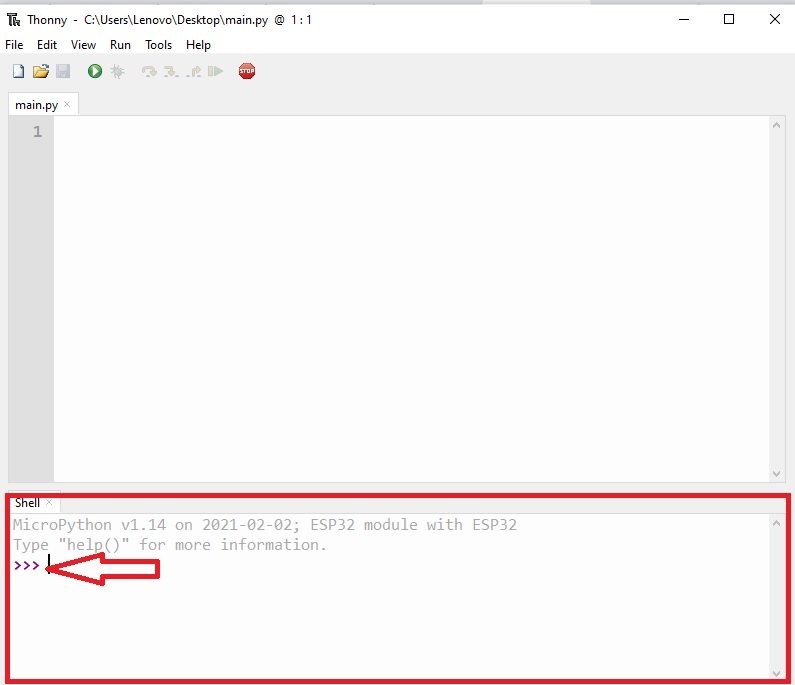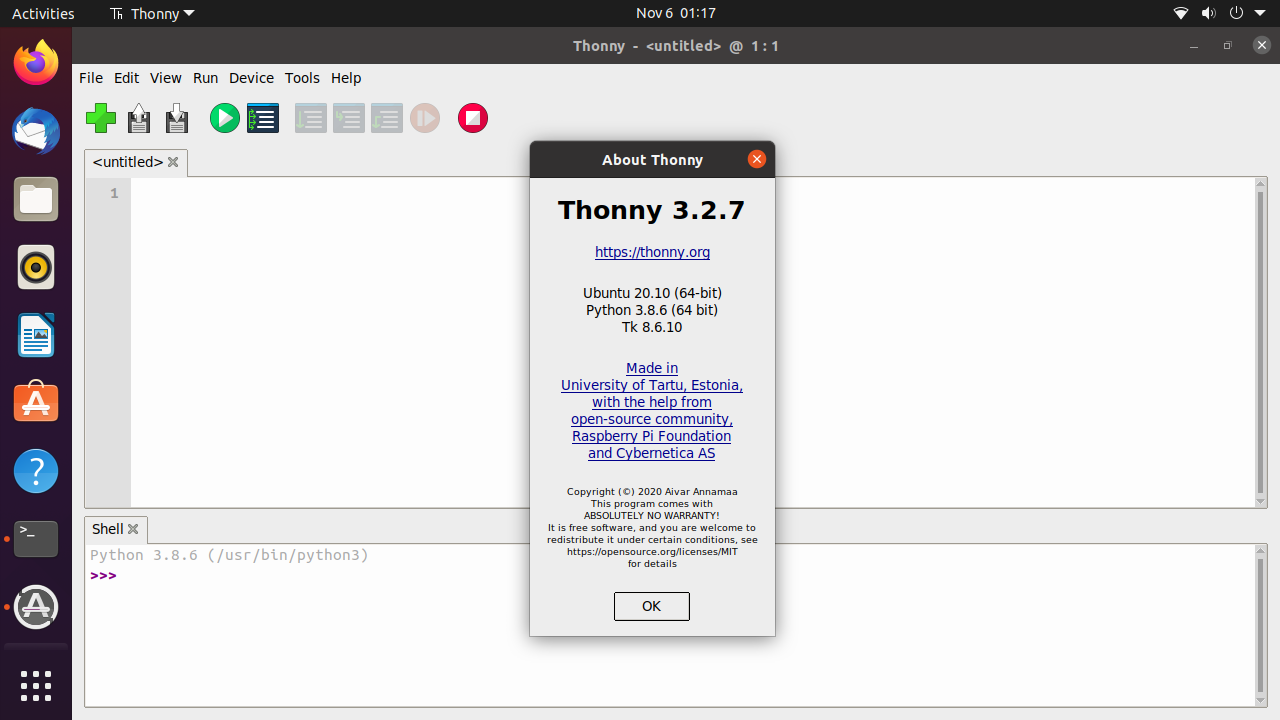

When saving, you are asked if the program should be saved on the computer or on the pico.

when writing "Hello World" five times with a display of the count variables: with the Raspberry Pi, you will find only a few peculiarities with MicroPython on the Pico. If you already have experience with Python, e.g. If this does not work, please repeat the installation: unplug the USB connector, press BOOTSEL, plug in the USB connector, release BOOTSEL, and so on. Then please select the correct port in the pull-down menu on the Options\Interpreter page.

Trouble Shooting: If you get an error message instead of the above picture, it may be because the COM port of the pico was not detected automatically. Now we can either write a first program in the upper part, the editor, or behind the prompt, the usual print("Hello World") and press Enter. (Windows 7/8 users please use the blog post by Andreas Wolter read).Īfter installing the MicroPython firmware, the drive disappears again and we receive the Python-typical prompt > in the command line (lower part of Thonny, often also called shell or REPL= read-eval-print loop).
#THONNY IMPORT MODULE WINDOWS 10#
In boot mode, the Pico will temporarily log in to the Windows 10 PC as a new drive. After selecting the Raspberry Pi Pico, we press and hold the single BOOTSEL button on the Pico and then plug the Pico into the USB socket. Here, we experience the only real stumbling block when programming the Pico with MicroPython. We then proceed to the settings for the Raspberry Pi Pico. Under Tools\Options, you can set the language on the first tab (General).Īfter changing the language setting, Thonny must be closed and restarted. The settings for the respective microcontroller and associated MicroPython are made after the start.Īt select the operating system, download, and installation will take less than five minutes. The Python editor Thonny is quickly installed on the PC, on the Raspberry Pi it is part of the basic equipment of the operating system Raspberry Pi OS (formerly Raspbian). Please also note our Pico Quickstart Guide. For this, I use either my PC or my Raspberry Pi 400. I refrain from further comments but rather describe how easy it is to program the Raspberry Pi Pico under Thonny with MicroPython. of the Raspberry Pi Foundation to get the Pico running on my Raspberry Pi 400. "Getting started with Raspberry Pi Pico". Try that first, then try to import the Blynk libs and see if it works.Why simple, if it is also difficult? That's what I thought when I tried to find a solution with the help of the official documentation. Best thing would be to flash the official v1.4.4 firmware from M5Stack and use uiFlow v1.4.4. I think uiFlow v1.2.3 was the latest that LoBo was supported. You’re not going to (easily) be able to use LoBo Micropython and the later versions of UIFlow. It would be nice if you could help me, please. I would like to implement remote monitoring via iphon of my groundwater pump. Import machine, time, m5base, uiflow, BlynkLib In the boot.py I have edited the following, as you have described above: I think that I have not installed the above mentioned elements: However, the dispaly from my M5STACK shows the following error message: I have successfully worked through all the above points. MicroPython ESP32_LoBo_v3.2.24 - on M5Stack with ESP32 Hello, world101 I am very new here in the forum and want to control my M5STACK with "blynk" via UIflow symbols.

Said in Adding external libraries via uiflow:


 0 kommentar(er)
0 kommentar(er)
